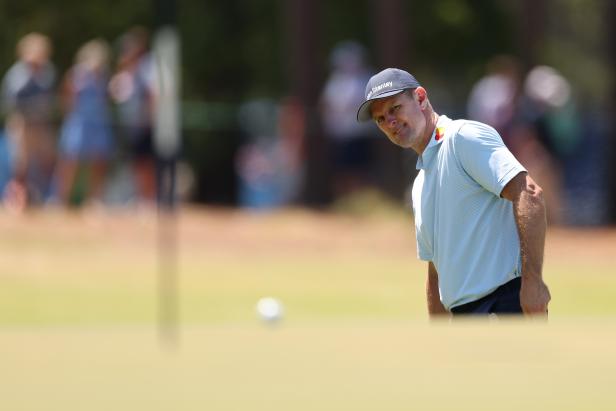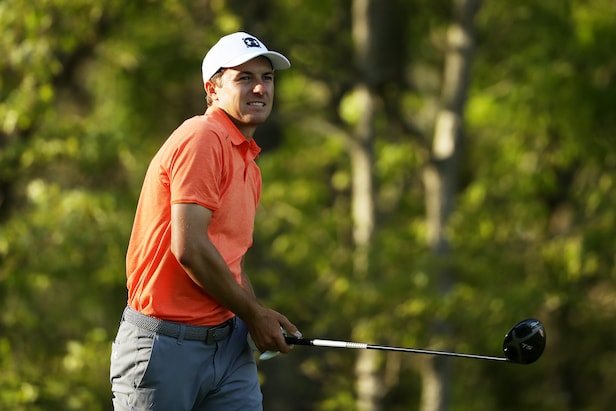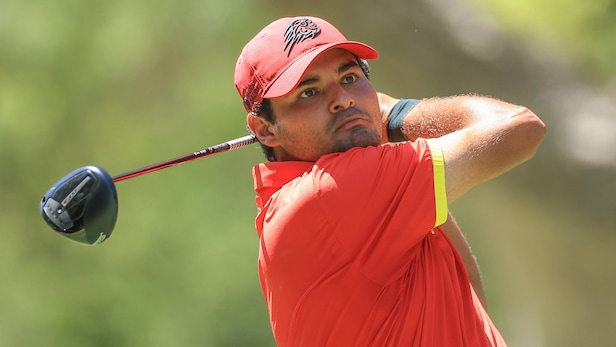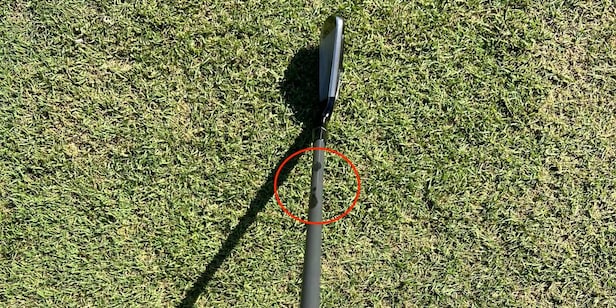Tour players are always calculating risk vs. reward. You should be, too. – Australian Golf Digest

- by Admin
- June 13, 2024

The U.S. Open in the ultimate in risk management, especially when you have a venue like Pinehurst No. 2—where the traditional idea of par being a good score will be in full force. The challenge for a player (and for a coach) this week? Staying patient and being relentless about picking the least stressful shot with the best chance of a positive outcome.
What will that look like in real life this week? It starts with a player’s natural proclivity for being aggressive or conservative. Tiger Woods’ genius, beyond the skill to hit every shot, has always been the ability to understand when to be aggressive or conservative. He didn’t attack every pin or try to stuff driver down every hole. It comes down to execution rate. If you were to play a given shot 10 times, how many times would it be successful?
One challenging shot this week will be hitting a chip or pitch from an into-the-grain lie to a very small target. Pull it off, and you can produce some backspin that can help stop the ball on extremely fast greens. Make a tiny mistake with your contact, and the ball is right back at your feet. That probably means using a putter 10 times out of 10 with an average leave of 10 or 12 feet is better than being five feet six times but having to re-chip with a wedge a couple of times.
The compounding element of these decisions is often overlooked. The domino effect of making good decisions is less stress over 72 holes. Even if players are at similar scores, the one who has had less drama is going to be fresher and probably more resilient on Sunday afternoon. The relentlessness of good decision-making is what made Tiger such a formidable opponent and demoralized so many players. Scottie Scheffler certainly has some of that now. It doesn’t feel like he’s going to make a mistake, and even when he does, it isn’t going to capsize him.
The heroic, low-percentage shots that stick in our memory? They’re mostly ones that players were forced to hit in an emergency situation, like Bubba Watson hitting a big curve out of the trees on the first playoff hole at the 2012 Masters. What makes a player great is the ability to boringly hit the ball in the fairway and boringly hit it on the green. Every player on the PGA Tour has the ability to smash the ball farther than they do, but they choose to modulate their speed and hit it in play. Virtually every player could be more aggressive on an approach with clubs other than wedge or 9-iron, but they’re mitigating the risk that comes from a short-sided miss.
A good way to think about it is the difference between an 18-hole Monday qualifier, a 72-hole event like we saw at Valhalla Golf Club in the PGA Championship last month and the 72 holes this week. The player in the Monday qualifier knows he needs to shoot something like 8-under to have a chance. That means being very aggressive. At the PGA, it was evident that 20- or 22-under was going to be required, which means being a middle-distance runner with some periods of sprinting. This week? It’s a marathon, and one in which there aren’t many birdies out there to offset making a big mistake. Bogeys aren’t a big deal, but putting yourself in trouble off the tee and then taking on too much risk brings doubles and triples into play.
What does this mean for you? Get some better data on what you do, and work with your tendencies instead of hoping for outliers. If 9 out of 10 of your tee shots are fades, there’s almost no scenario where you should be trying to hit a draw to fit a dogleg or take advantage of wind direction. Your stock shot in the first cut on the right at your normal distance from the tee is infinitely better than picking up 15 yards three times out of 10 and duck-hooking another three balls into the treeline 50 yards off the tee.
Another example? When you’re a far distance from the green on a long par 4 or a par 5, the impulse is usually to smash something to get as close as possible. That’s broadly a good strategy, but I can tell you that even tour players try to avoid the zone between 30 and 55 yards out. If you can’t hit it to about 20 yards from the green, a better play is leaving a distance where you have a full wedge, so you can hit an approach shot with some height and backspin.
Point is, just a small amount of smart planning and de-risking before you hit your shots can help you score much better with the game you already have.
This article was originally published on golfdigest.com
The Latest News
-
January 12, 2025How Graf and Hingis are inspiring teenage star at Australian Open
-
January 12, 2025Unprecedented review system to add spice on stadium courts
-
January 12, 2025Healy produces ‘brilliant’ knock as Aussies draw first blood
-
January 12, 2025Hometown stars Healy, Gardner power Aussies to Ashes opener win | cricket.com.au
-
January 12, 2025Aussie quick makes ‘tough call’ amid injury battle





